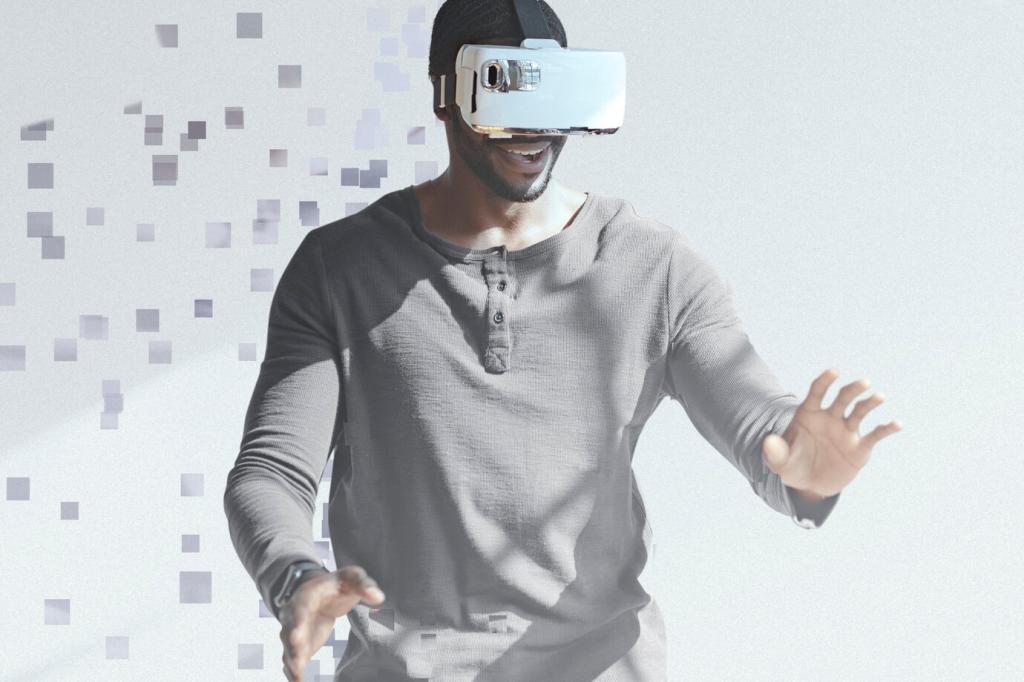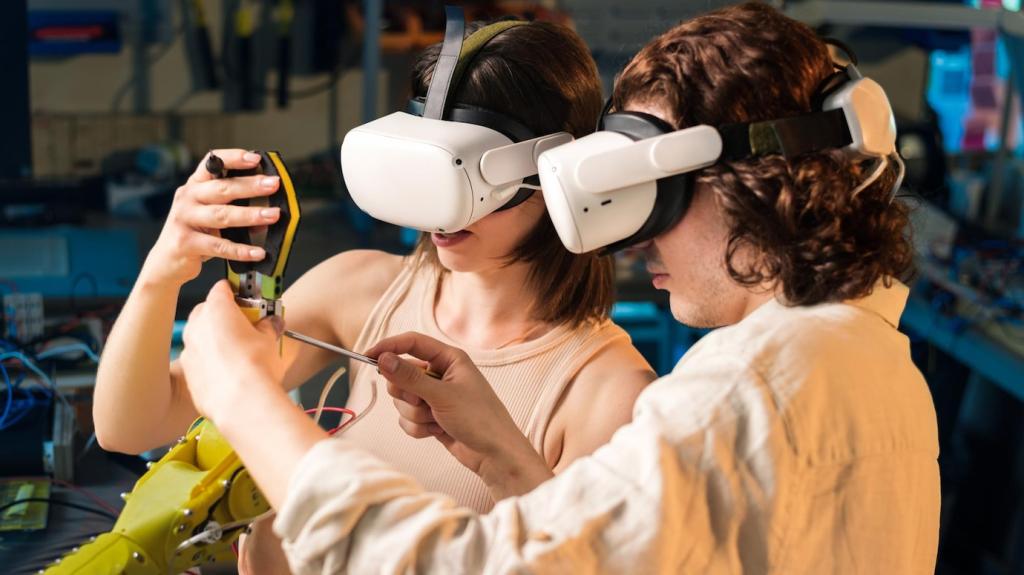Ethics at the Edge
Breakthroughs mean little if only a privileged few benefit. Insurance, public funding, and open standards can widen access. Imagine community clinics fitting smart prosthetics affordably. What policies would you support to ensure fair access? Add your ideas and experiences.
Ethics at the Edge
Devices that read or nudge behavior must respect boundaries. Transparent data practices and revocable, granular consent restore control. Would you allow a device to collect neural data for convenience? Explain your boundary lines, and what meaningful consent looks like to you.


